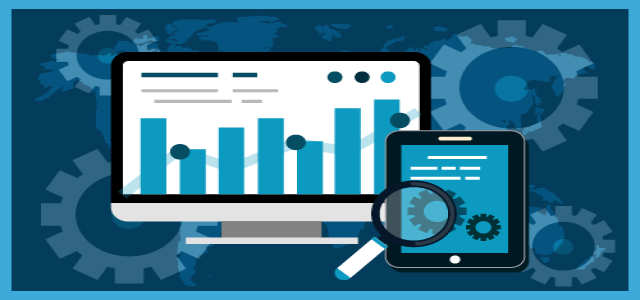
North America district heating & cooling market is anticipated to exceed consumption of 800 PJ by 2028.
Following the onset of COVID-19, the heating & cooling industry witnessed a negative impact due to supply chain disruptions caused by stringent lockdown restrictions imposed worldwide. However, government reforms to conserve energy and reduce carbon emissions have been favorable for district heating & cooling market expansion. For instance, in May 2021, the U.S. Secretary of Energy announced the Initiative for Better Energy, Emissions, and Equity (E3). The E3 initiative focused on advancing research & development, coupled with the national deployment of clean heating and cooling systems in residential and commercial buildings.
Request for a sample copy of this research report @ https://www.decresearch.com/request-sample/detail/2877
The district heating & cooling market is anticipated to grow significantly by 2028 owing to increasing government initiatives that are encouraging green solutions for heating and cooling infrastructures with renewable integration. In addition, soaring climatic consciousness is encouraging modifications in existing infrastructures, which is set to further foster market growth over the forecast period.
Additionally, key participants in the industry have been focusing on product innovations, thereby enhancing overall business dynamics. To cite an instance, in March 2022, Fortum, a leading energy company, collaborated with Microsoft, a multinational technology company, to build a new data center region in Finland. Microsoft's data centers would use emission-free electricity that will be directly connected to its existing district heating system.
The district heating & cooling market has been segmented based on application, energy source, and region. With reference to energy source, the market has been categorized into district cooling and district heating. The district heating segment has been further bifurcated based on geothermal, heat only boilers, CHP, and solar.
In terms of application, the market has been segregated into commercial, residential, and industrial. The residential segment is foreseen to register considerable expansion through 2028 backed by stringent regulatory mandates imposed by government organizations regarding building emissions and conventional heating & cooling systems.
Request for customization @ https://www.decresearch.com/roc/2877
The geothermal segment is expected to witness significant growth on account of prominent regulatory measures to lower carbon emissions, coupled with changing climatic conditions caused by global warming. Moreover, ongoing adoption of sustainable energy technologies, along with the introduction of various regulatory norms and mandates about green building standards, would encourage district heating & cooling market growth from the heat only boilers segment over the forecast timespan.
The district cooling segment has been further divided into absorption cooling, electric chillers, free cooling, and heat pumps. The absorption cooling segment is set to depict a notable growth rate through 2028 on account of surging regulatory focus towards the development of green buildings and implementation of government codes & standards.
Owing to rapid urbanization and industrialization across developing nations due to an increase in disposable incomes, heat pumps are projected to exhibit an upsurge in adoption over the analysis period. The electric chillers segment is speculated to observe a rise in product demand owing to mounting investments towards infrastructural development across emerging economies.
Related News:
Unified Communications & Collaboration (UCC) Market: https://www.prnewswire.com/news-releases/unified-communications--collaboration-ucc-market-worth-100-bn-by-2028-says-gmi-301472399.html
Electronic Shelf Label Market: https://www.globenewswire.com/news-release/2022/01/19/2369224/0/en/Electronic-Shelf-Label-ESL-Market-to-hit-2-Bn-by-2027-Global-Market-Insights-Inc.html
© 2025 groundalerts.com. All Rights Reserved.